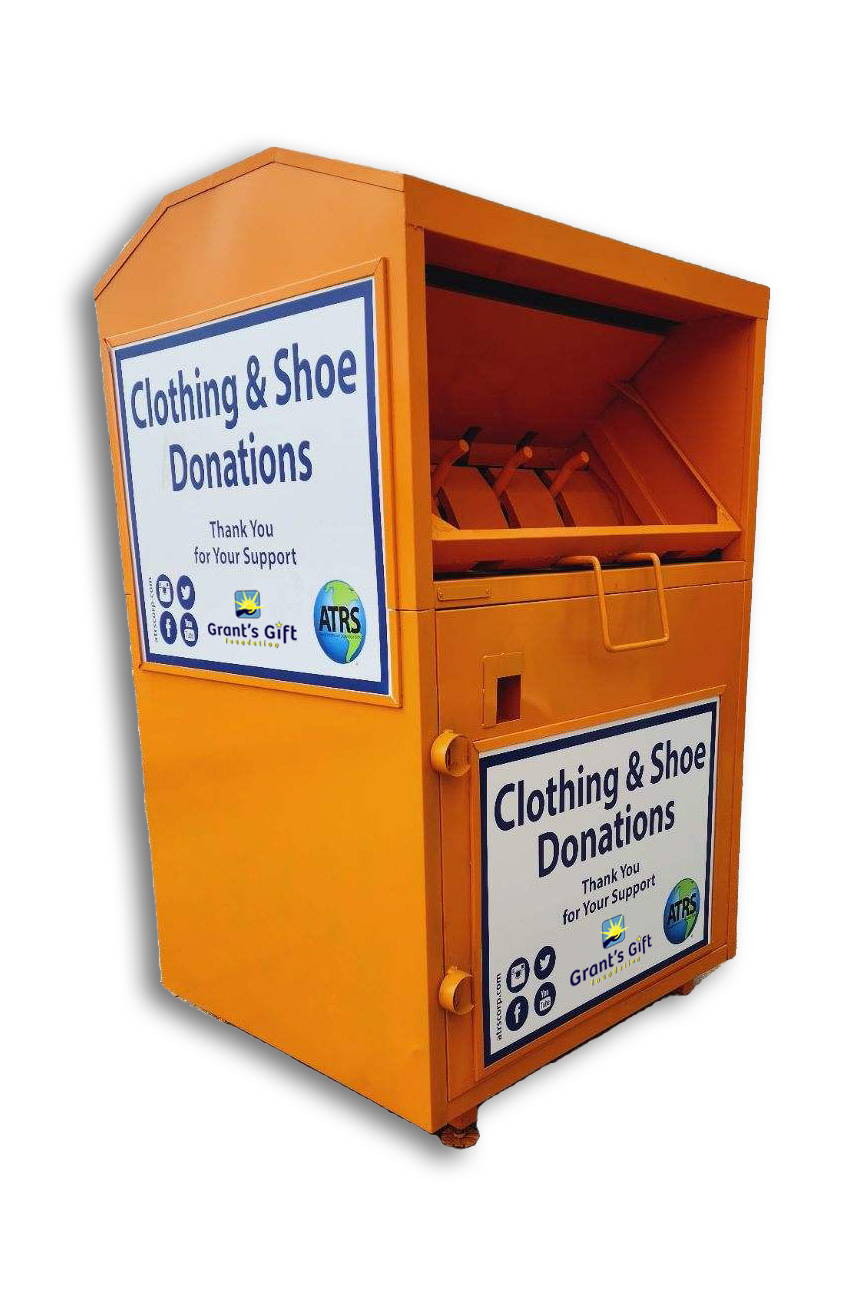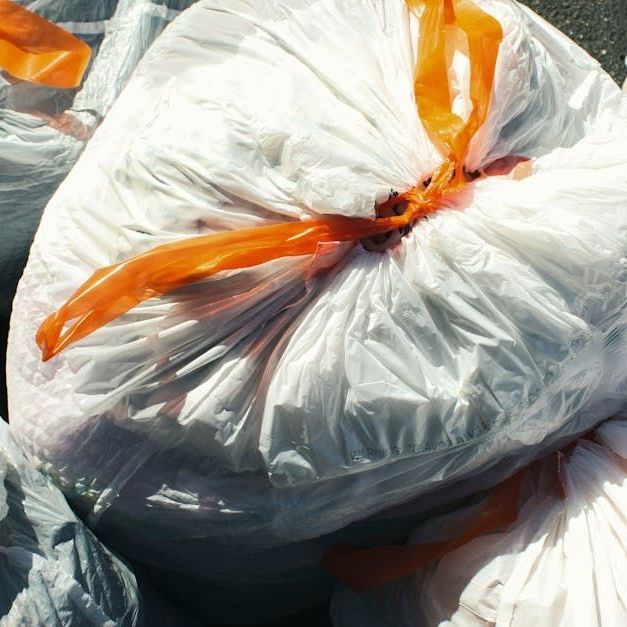Unveiling the Environmental Impact of Unwanted Clothing
Confronting CO2 Emissions
In our fast-paced world of ever-changing fashion trends, it's easy to overlook the environmental repercussions of our clothing choices. That old pair of jeans you've outgrown or the T-shirt that no longer sparks joy might not seem significant, but when multiplied by millions of people worldwide, the collective impact becomes undeniable. In this blog post, we'll delve into the environmental impact of unwanted clothing in landfills, with a particular focus on the startling role of carbon dioxide (CO2) emissions. It's time to shed light on the hidden costs of our fashion choices and discover how we can all be part of the solution.
The Clothing Crisis: A Global Challenge
The fashion industry is a global powerhouse, producing billions of clothing items each year. Yet, the rapid pace of production and disposal has led to a massive problem – clothing waste. In the United States alone, around 17 million tons of textiles are discarded annually, with a significant portion ending up in landfills.
The Landfill Conundrum
Clothing and textiles that find their way into landfills pose a multitude of environmental challenges. Unlike biodegradable materials, textiles take decades, even centuries, to break down. During this decomposition process, textiles release harmful greenhouse gases, with CO2 being one of the primary culprits.
The CO2 Connection
You might be wondering how old clothing can contribute to CO2 emissions. The answer lies in the decomposition process. As textiles break down in landfills, they release methane (CH4), a potent greenhouse gas. When methane comes into contact with oxygen, it transforms into carbon dioxide. These CO2 emissions significantly contribute to the greenhouse effect, trapping heat in the Earth's atmosphere and exacerbating climate change.
The Chain Reaction
The environmental impact doesn't stop there. The production of clothing involves various resource-intensive processes, from growing cotton to dyeing fabrics and manufacturing. When we discard clothing prematurely, we perpetuate this cycle, leading to unnecessary resource depletion and additional emissions. Moreover, the transportation of textiles to landfills consumes energy and releases even more CO2.
Be Part of the Solution
Now that we've uncovered the environmental impact of unwanted clothing in landfills and its connection to CO2 emissions, it's time to explore how you can make a difference:
- Reduce: Practice mindful shopping by buying only what you truly need and love. Quality over quantity is the key to reducing clothing waste.
- Reuse: Extend the life of your clothing by repairing, upcycling, or donating items that no longer serve you. One person's "unwanted" could be another's treasure.
- Recycle: Seek out textile recycling programs and organizations like ATRS that divert textiles from landfills and give them a second life.
- Educate: Share this information with friends and family to raise awareness about the environmental impact of clothing waste and CO2 emissions.
By making sustainable choices and supporting initiatives that prioritize textile recycling and responsible consumption, we can collectively reduce the fashion industry's carbon footprint and move towards a greener, more sustainable future. Remember, every small change in our fashion habits can have a big impact on our planet.

Quick Links
The Company
We make donating your clothing, shoes and toys convenient 24/7/365.
We believe textile recycling should be easily accessible to all. That is why we have placed thousands of donation bins in neighborhoods across the United States.
All Rights Reserved | ATRS





